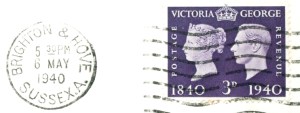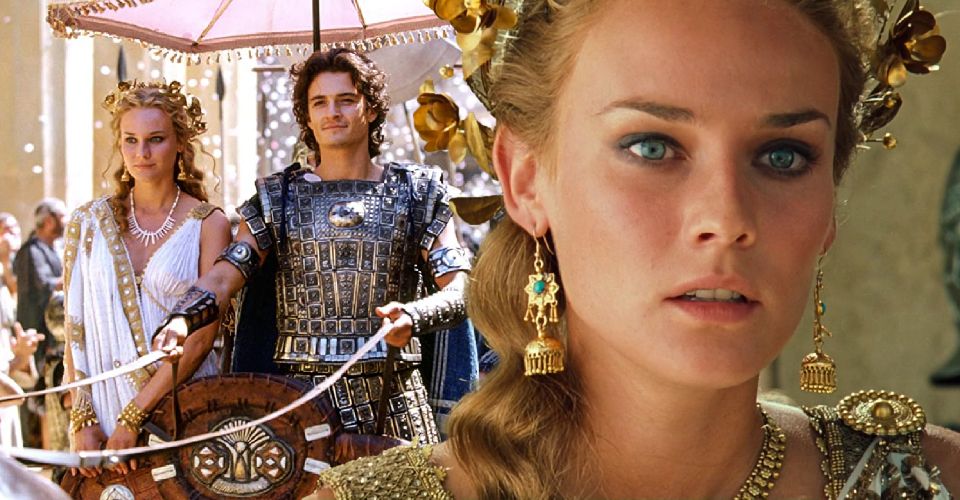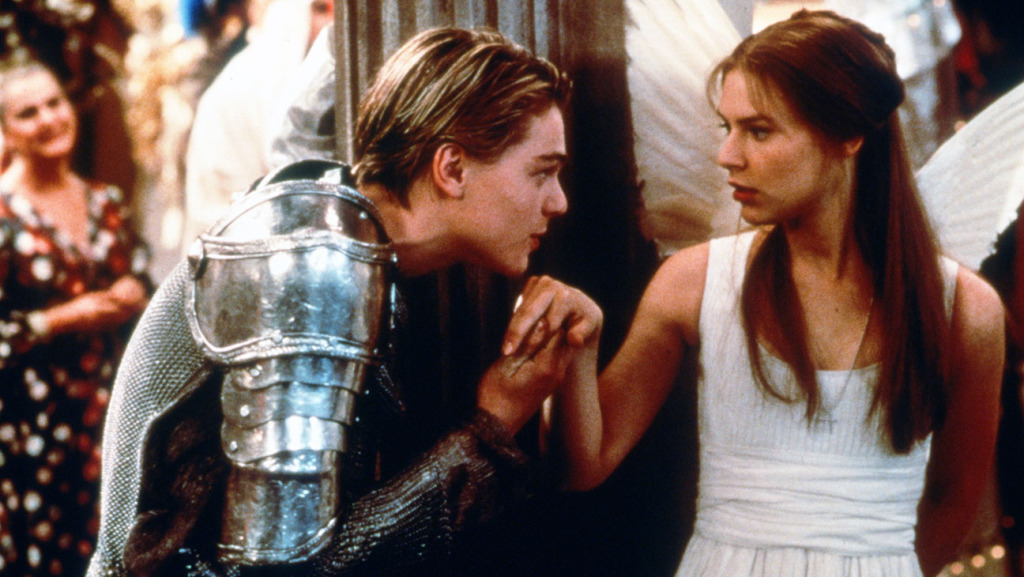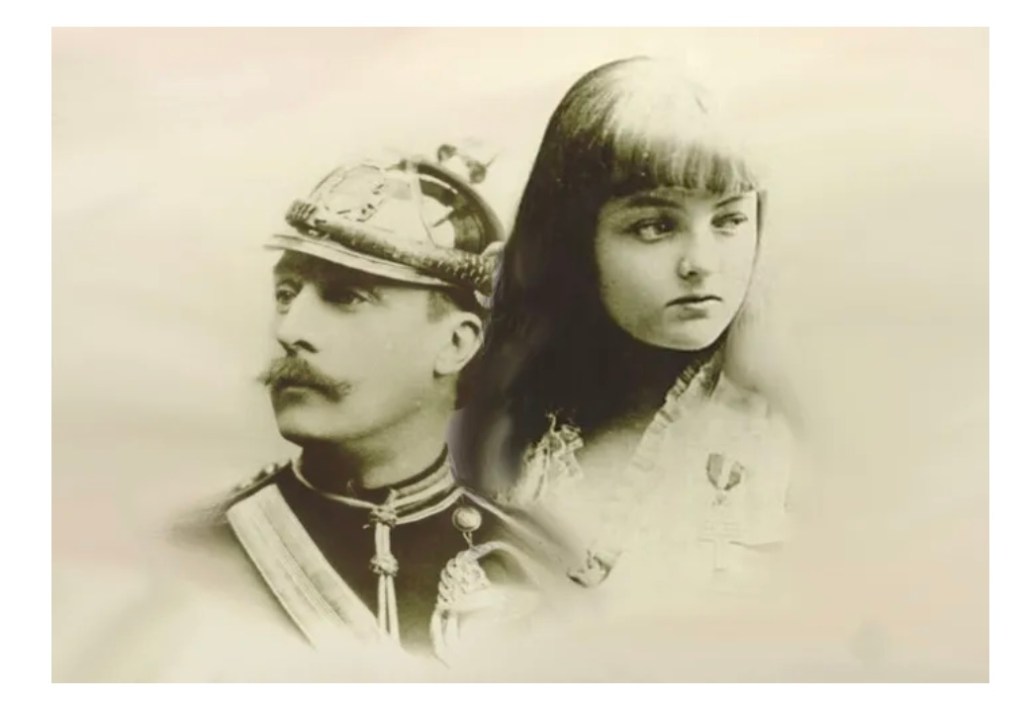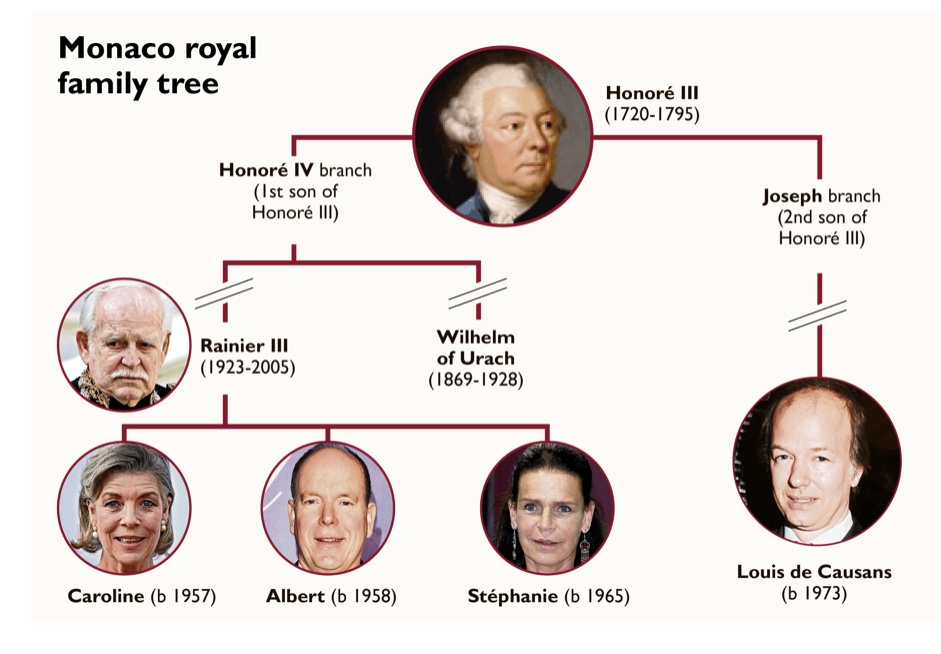A young elephant sets off on a journey and comes “to the banks of the great grey-green greasy Limpopo River, all set about with fever.” Lovely alliteration from the British author Rudyard Kipling (1865 – 1936) in one of his ‘Just So stories – The Elephant’s Child. (Note 1) But it was the word ‘river’ which prompted me to remember the Limpopo (Note 2), as sitting in Estoril I am close to the estuary of the Tagus, the longest river in the Iberian Peninsula.
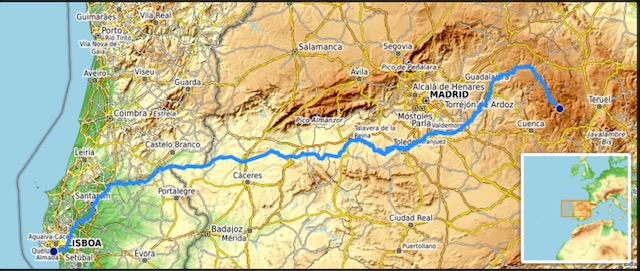
There is something obvious about major rivers and their part in the physical development of countries, as intercommunity trade was how societies grew – before airfreight! I am told that my readers often learn something new from my scribbles; that’s good as it’s never too late! Geography is a fascinating topic and the increasing focus and concern on man’s contribution to climate change will bring the location of some of the major world cities under the spotlight. For those which are sited on the coast, like Lisbon here in Portugal, or New York or Singapore or Wellington or like London, on a tidal river, a rise of only 1.5 metres in sea levels may have a significant impact.

Predicted sea levels in London in 2100
Just for fun, I have listed some of the major global capitals that lie on a river, some are of course a distance from the sea: Paris on The Seine, London on The Thames, Lisbon on The Tagus, Moscow on the Moskva River, Vienna on The Danube, further downstream Bratislava (Slovakia), still further Belgrade (Serbia) and even still further down The Danube Budapest, the capital of Hungary, with the hilly district of Buda across the river from the flat Pest. We have Rome on The Tiber, Washington on the Potomac, Khartoum (Sudan) lies on The Nile 2170 kms upstream of Cairo in Egypt, Baghdad on The Tigris, while in Africa Kinshasa (DRC) and Brazzaville (Republic of Congo) are astride on The Congo River. Amsterdam is on the River Amstel, Kiev on the Dnieper and Warsaw on The Vistula. In South America both Montevideo, the capital of Uruguay and Buenos Aires, Argentina’s, respectively sit north and south of the Rio de la Plata and across in South East Asia on the Mekong River lie Vientiane (Laos) and Phnom Penh (Cambodia).

Bill Nighy
You may have seen a Channel 5 series on British television called ‘The World’s Most Scenic Rivers’ narrated by Bill Nighy? Despite the syrupy nature of the commentary, with words like ‘spectacular’ and ‘marvellous’ (‘espetacular’ and ‘maravilhoso’ in Portuguese) gushing like the waters themselves, I suspect it was an informative series for most viewers. The rivers that earned the right to be called ‘most scenic’ were the Shannon in Ireland, the longest in both Ireland and the UK at 360 kms; the Spey in Scotland, famous for its salmon fishing; the Niagara (Note 3) on the border between the Province of Ontario in Canada and the State of New York in the USA and one of the shortest rivers in the world at 58 kms; the longest river in Italy, The Po, at 652 kms; The Moselle in Germany famous for its wines and the Hudson in New York State, some 315 miles (506 kms) long.
So what would the producers of Bill Nighy’s series have made of the Tagus? Firstly it rises in the Sierra de Albarracin in eastern Spain, a thousand and seven kilometres from its mouth, and all its main tributaries flow into it from the north. The first major city along its banks is Sacedón.
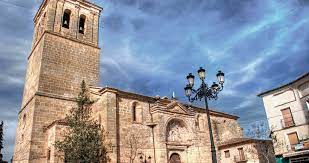
Sacedón in eastern Spain
Its natural path is no longer smooth; there are several dams and dozens of hydroelectric schemes along its route, helping to provide drinking water and energy to population centres such as Aranjuez, Toledo ……

…… and Talavera. I can’t write Talavera without thinking immediately of the Peninsula War battle of the same name in 1809; British against the French (was ever thus!). Then the association runs to the Lines of Torres Vedras and the Duke of Wellington etcetera etcetera (Note 4).
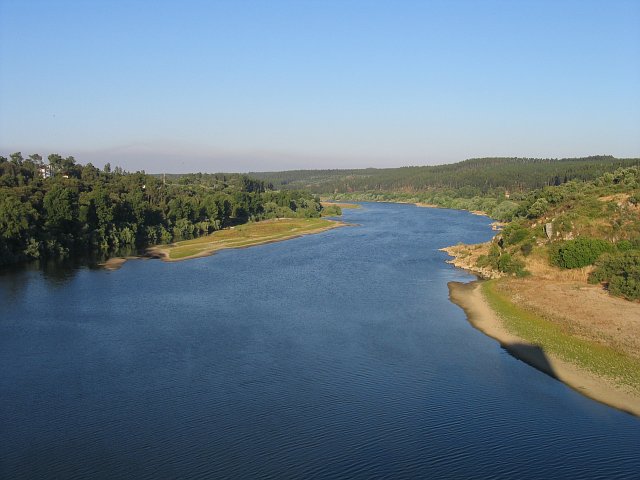
The Tagus near Spanish/Portuguese border
By the time the Tagus reaches Portugal it’s slowed, meandering through a wide alluvial flood plain before mingling with the salt water of the sea.
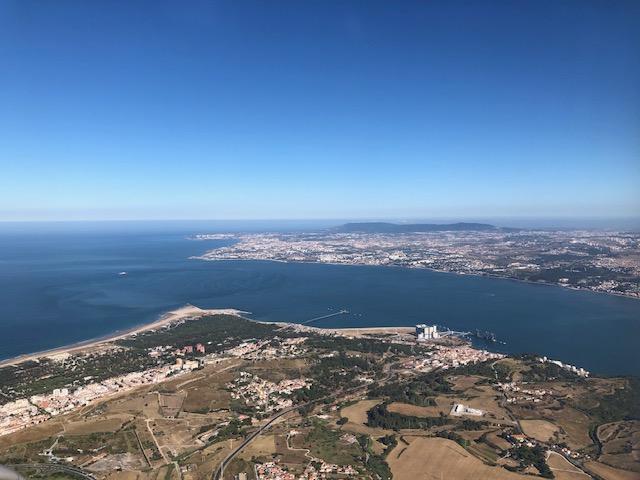
The Tagus estuary from air, looking towards Cascais
On the northern banks of the Tagus estuary, some 30 minutes by a dinky little train west of Lisbon, lies Cascais (pronounced Kashkise) on what the Tourist Industry maintains is the Portuguese Riviera (Note 5). The resort was made popular by European royalty, particularly during the Second World War when Portugal was neutral. Today luxury villas are second homes to the rich and hotels cater for the well-heeled. Espetacular e maravilhoso!

A night at the Hotel Albatroz, set on a promontory overlooking the harbour, would set you back 420 euros; and that’s without breakfast! Today the era of elegance created by Cascais’ famous visitors has faded, swallowed by a faster pace of life and sadly less time to ‘stand & stare’.
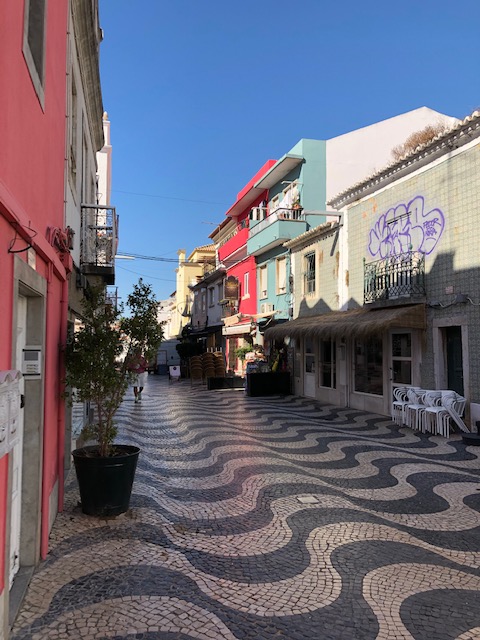
In the summer months the tourists walk the tiled pavements ………,
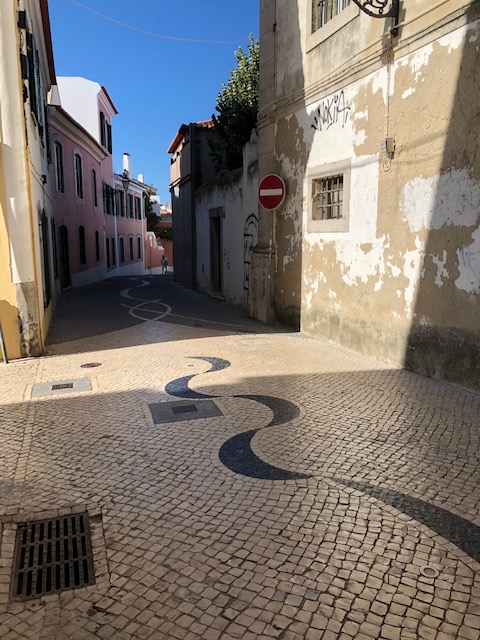
……. gawk at the grand castle and marina and invade the fast-food establishments serving pizza or pasta.

This seaside restaurant is ….. marvellous
Some large mansions and hotels have been sympathetically converted into apartments whilst others stand gaunt and covered in shrubs and weeds, often the result of laws on inheritance producing no agreement as to ownership.

Needs a little more than TLC?
Cascais is some 20kms south of the western-most point in Europe, Cabo da Roca. Just north of Gincho Beach, the lighthouse on top of the cliffs is at 38° 47’N 9° 30’W. If the world was flat you might think you could see North America – on a day with good visibility!
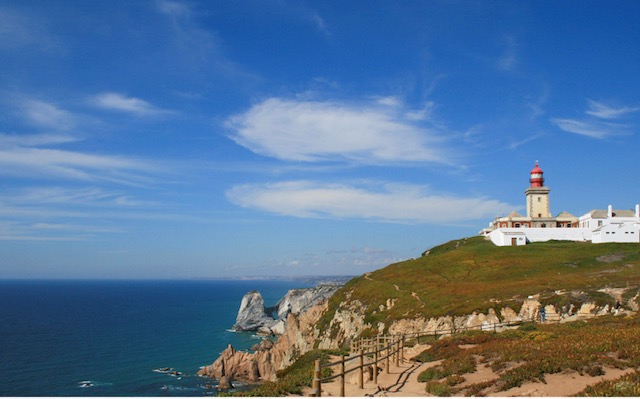
Cabo da Roca
Richard 27th August 2021
Note 1 Some years ago I managed a bookshop on Northcote Road, Battersea, for a day while the owner went off to a wedding. A challenging but interesting experience, dealing with potential customers and doing the cash balance at the end of the day. One customer asked me what I would recommend for his 13 year old son; I remembered Kipling’s Just So Stories ……. and made a sale!
Note 2 The Limpopo River flows through Mozambique.
Note 3 Niagara Falls got an unfavourable mention in my PC 51 (October 2015) about Foz do Iguazu in Brazil.
Note 4 Numerous books on Portugal but Patrick Wilcken’s 2004 Empire Adrift, about the royal family decamping to Brazil in the early 1800s, and Barry Hatton’s Portugal are very good.
Note 5 ‘The Riviera’ normally refers to the coastline between Cannes in France, and includes the Côte d’Azur, and La Spezia in Italy.
